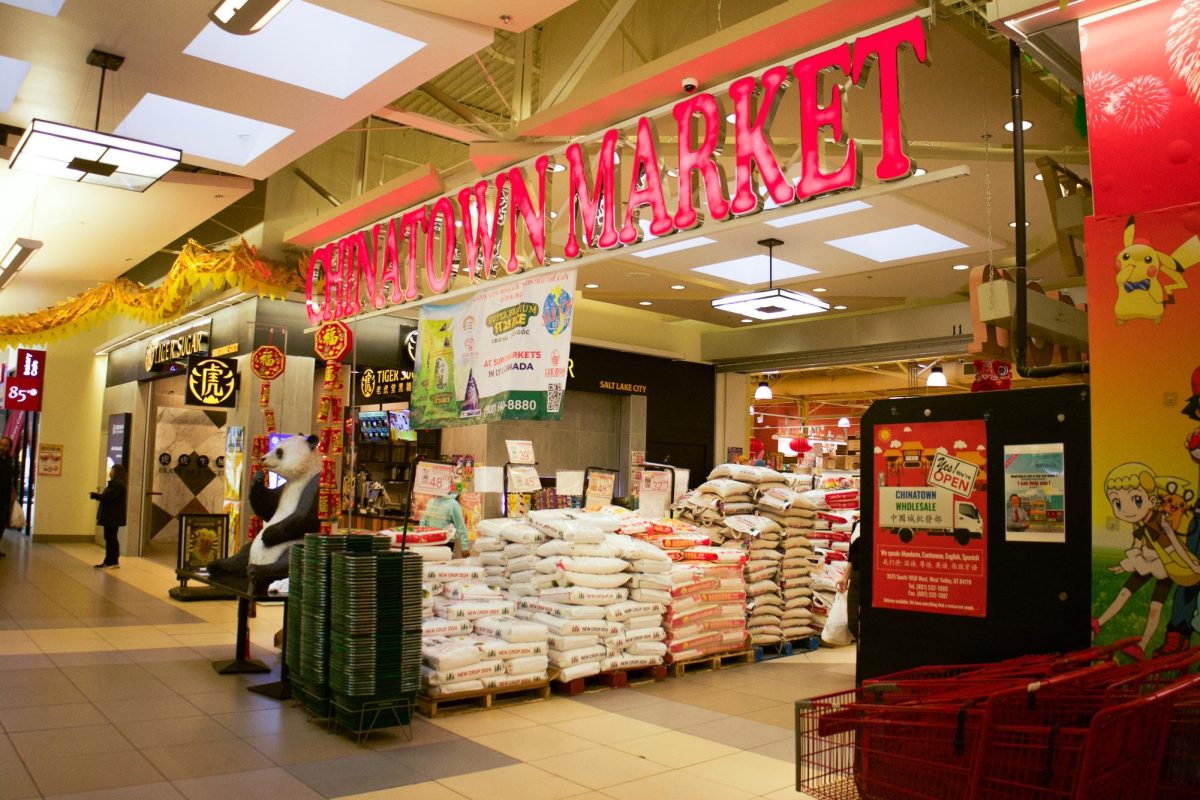Food is universal. Everybody needs to eat and every culture has developed their own cuisine based on the ingredients that are the most accessible to them. Over the course of time, a world of flavor has opened up before the avid chef. These recipes then started filtering down to talented home chefs and college students, and thus the “International Foods” aisles were born.
These aisles were originally called the “Ethnic Foods” aisles, and they compile herbs, spices, dried foods, juices and an assortment of other food items in one place. Customers only have to follow labels like “Hispanic Foods,” “Asian Foods” and the ambiguous “International Foods” to find an array of foods from Mexico, Japan, India and a variety of other countries. However, if chefs and the home cook are embracing these cuisines as much as social media would have us believe, why are a majority of these products not kept with the other juices, snacks and herbs? And why is there a variety of stereotypical items in these sections?
Part of the conglomeration of stereotypical items is shoppers tend to buy or expect those items to be in a specific place. Items paired together in certain sections mean shoppers will buy more of those items. Grocery stores, like other businesses, aim to make a profit. On top of the customers’ expectation, foods from other countries are put in isolated sections to make them seem more exotic, and this allowed grocery stores to alter the prices on these foods. Sociologically, their placement in international aisles also makes them seem more like novelty foods and less like cuisine.
Epicurious.com paraphrased Krishnendu Ray’s argument about the naming of these aisles.
“The term ‘ethnic,’ Ray submits, primes American consumers to expect certain immigrant foods to be cheap, while other cuisines, like French, are free to command higher prices. This has nothing necessarily to do with the quality of ingredients or the style or complexity of a given dish — it’s simply about where it’s from.”
Though where it’s from is also somewhat contested by these international aisles. Several products in these aisles are actually made by American companies imitating traditional foods or what they assume to be traditional foods.
However, because many of the foods in the international aisle haven’t been completely integrated into Americanized dishes, they are considered different than other foods. For example, pasta is Italian, yet it’s not found in an international aisle while instant noodles are placed in the Asian aisle. Take a closer look at the spice aisle next time you’re looking for rosemary or cinnamon. Lining those shelves are a variety of international spices, like Korean gochugaro. This split is actually about the brand. Spices made by McCormick will all be together, so its versions of spices from any country will always be with the other McCormick products.
This placement would make more sense for shoppers if they could more easily access a wider variety of beans, juices, herbs and other food items while looking through the aisle dedicated to those products specifically. Solving the international foods debate may take more than we expect, as this is a categorization that takes place in every country — many European countries even have American food aisles.
@ladyofth3lak3











